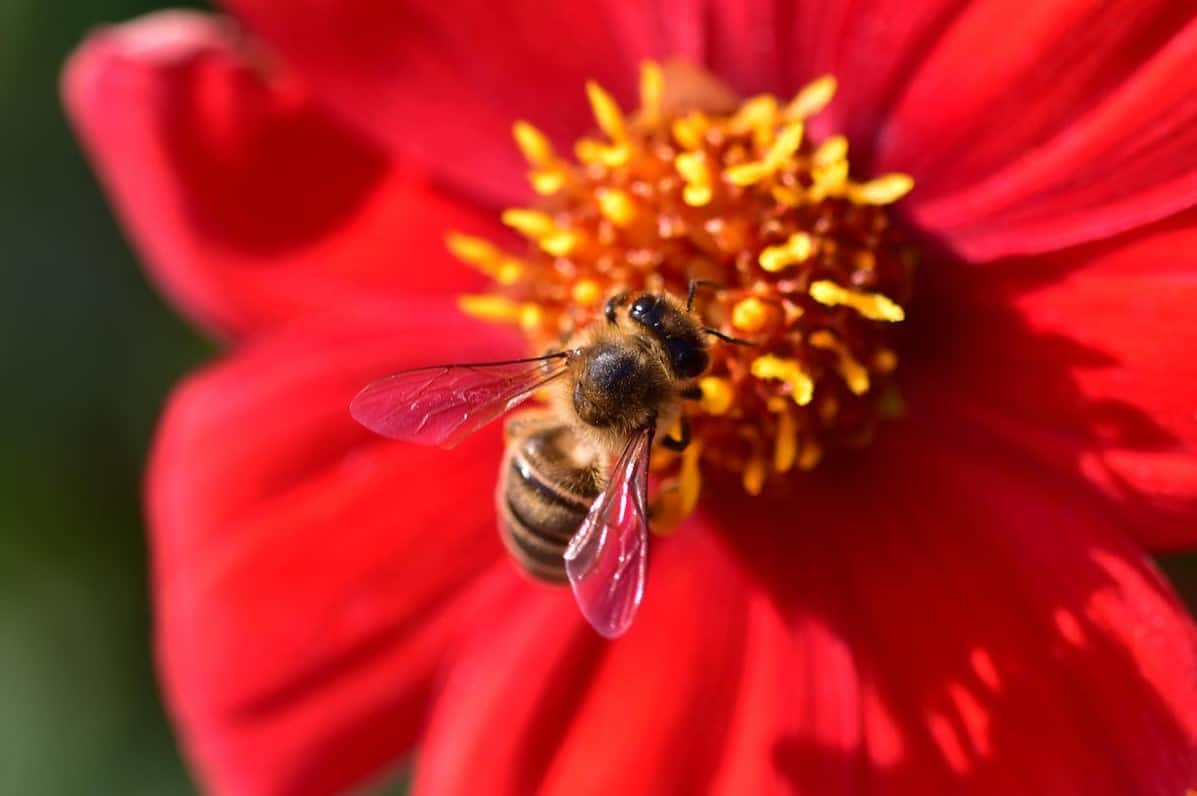The quest for the perfect bee strain is almost likened to uncovering a hidden treasure as several bee strains are on the top choices — the Western/European, Italian, Carniolan, Caucasian, Russian, and Buckfast bees.
In this intricate world of beekeeping, beekeepers continuously search for the best bee species for their hives.
Of the many types of bees, there are only 8 recognized honeybee species and 43 subspecies. With these numbers, choosing the right one for your hive can be a challenging task.
Today, we embark on a journey to explore one of the resilient breeds of honeybees.
We will learn about the Buckfast Honey Bee. From its origin to its unique characteristics, we will discover what makes this strain popular.
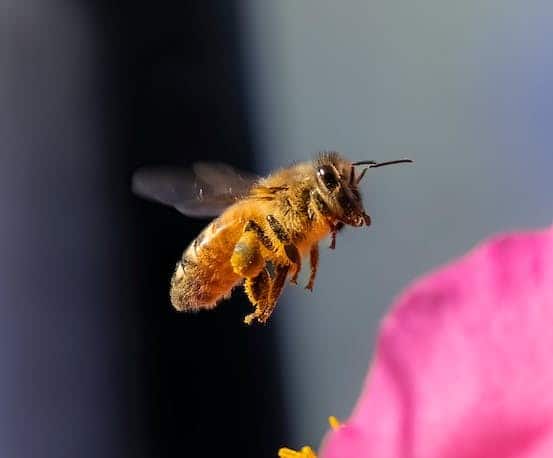
The Buckfast Bees
The Buckfast Bee is a distinctive honey bee strain that has captivated the hearts of beekeepers worldwide.
Origin and History
The Buckfast Honey Bee resulted from a keen observation by a Benedictine monk and beekeeper named Brother Adam (born Karl Kehrle), who was in charge of beekeeping activities at Buckfast Abbey in Devon, United Kingdom.
In the early 1900s, he noticed that a bee strain of a cross between the Italian bee and dark bee survives the Isle of Wight Disease or Acarapis woodi, an infestation of internal parasites affecting honey bees.
Inspired by this observation, Brother Adam of Buckfast Abbey wanted to harness this resilience and develop bees with excellent traits. He aimed to develop a strain that would be resilient to pests and diseases yet gentle and productive.
He started looking for native bees that he would use for selective breeding. In 1917, he developed the first Buckfast bee strain, named after Buckfast Abbey, where it was created.
In 1925, he established a special mating area on Dartmoor. The absence of bees within the mating range allowed him to control the bee pairings and maintain their unique qualities.
Brother Adam embarked on journeys across Europe, Africa, and the Middle East to discover different kinds of bees with desirable traits. He even imported queen bees to mix their genetics with his Buckfast honey bees.
These breeding queens are then carefully crossed with his existing Buckfast bees.
Further breeding works were undertaken to stabilize the new breed. The desired qualities took around ten years to become a stable part of the new bee breed.
Through many generations, Brother Adam’s meticulous breeding program of various European subspecies, including Italian, Carniolan, and Greek bees, successfully created what we now know as the Buckfast bee.
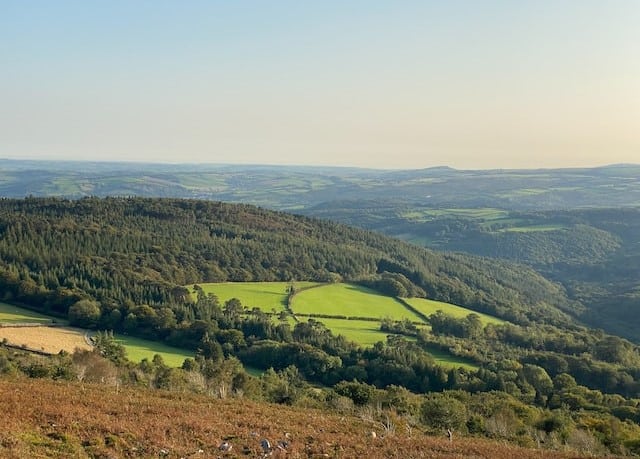
Appearance
The Buckfast bee would have a varied appearance, ranging from a golden hue to a pale shade of brown. These bees’ light-colored bodies are sized somewhere between the Carniolan and Italian honey bees.
Despite the varied appearance, these bees have well-rounded bodies with a compact build. The golden stripes across their abdomens adorn their bodies.
Characteristics of Buckfast Bees
Buckfast bees have earned their place in popularity among beekeepers and bee breeders due to their desirable characteristics.
Here are the traits that contributed to this species’ popularity.
Positive Traits of Buckfast Bees
The Buckfast bee strain has been among the favorites of beekeepers due to its beneficial characteristics.
These bees are good enough for new beekeepers, hobbyists, and even professional beekeepers.
Gentle and Calm Behavior
Buckfast bees are among the gentlest honeybee species. Any hive inspection undertaken appropriately would not trigger these bees to turn aggressive.
It is not to say, though, that they do not sting. They can be aggressive when they sense danger and sting when feeling threatened.
This characteristic makes these bees an ideal choice for hobbyist beekeepers compared to other bees.

Excellent Honey Producers
Buckfast bees are industrious and diligent. They are known for being active foragers, vigorously collecting lots of pollen and nectar with excellent efficiency.
They have a keen sense of smell that would help direct them to rich floral nectar sources.
At the same time, their good sense of orientation prevents them from wandering to other hives. It ensures that they bring plenty of pollen and nectar back to their hives, enabling them to be good honey producers.
This efficiency results in the impressive production of raw honey and other bee products and promotes a healthier Buckfast colony. For the commercial beekeeper, a higher honey yield means one thing — plenty of honey for more earnings.
Disease Resistant
One of Brother Adam’s goals in the selective breeding of bees is to develop a breed that would be more resistant to diseases. The Buckfast Bees is precisely that.
Buckfast bees exhibit more resistance to certain diseases that are known to plague other bee species. They have shown parasitic mite resistance and tracheal mite tolerance.
Additionally, the Varroa mites have been a constant challenge for beekeepers. With Buckfast bees, beekeepers are more at ease with maintaining a healthy and robust colony as these bees have demonstrated a degree of tolerance against Varroa Destructor Mite infestations.
In a study, Buckfast bees showed resistance to varroa and had low mite level counts despite exposure to potential parasite transfer.
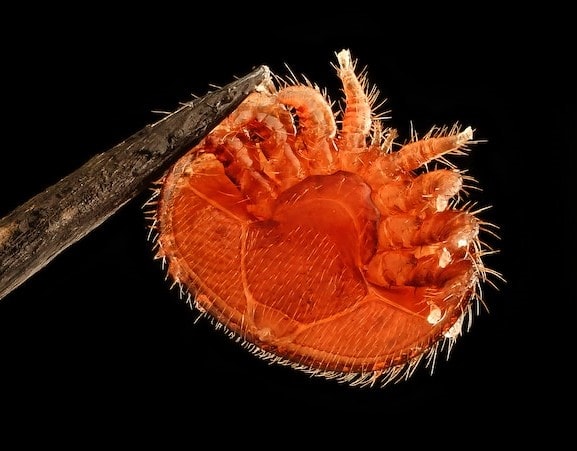
Adaptable
Buckfast bees are also adaptable to various weather conditions. This honey bee strain can survive in cold winters and other unfavorable weather conditions.
These bees have proven resilient to different climates. Hence, these are the go-to bees of many beekeepers around the world.
Negative Traits of Buckfast Bee
Despite the remarkable positive characteristics of Buckfast Bees, they are not without weaknesses. Here are the common negative characteristics of Buckfast bees.
Diversity
Buckfast bees were developed by Brother Adam through the combination of many genetic makeups. The genetic diversity of Buckfast bees can result in the display of variable traits.
One colony may display a specific trait that other Buckfast colonies may not exhibit. Thus, despite being gentle, an aggressive colony of Buckfast Bees is not unheard of.
This inconsistency can cause confusion in the expectations for the colony regarding temperament and productivity.
Moderate Spring Development
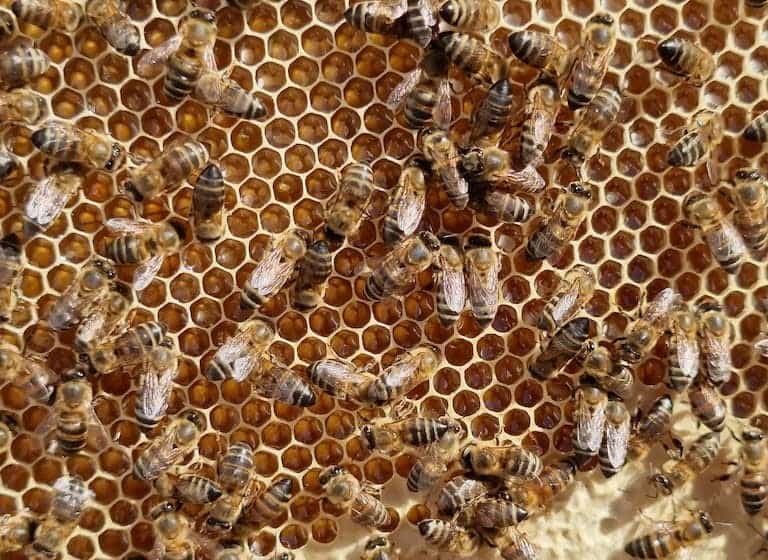
Compared with other bee strains, Buckfast bees are not known to grab the opportunity during the early spring and start taking advantage of early nectar flows.
Hence, they are known to have moderate colony build-up capability.
Buckfast Bees vs. Italian Bees, Carniolan Bees, and Saskatraz Bees
| Behavior/Trait | Buckfast Bee | Italian Bees, Carniolan Bees, and Saskatraz Bees |
| Gentleness | Very gentle and more docile | Very gentle |
| Productivity | Higher honey yields | High honey yields |
| Adaptability | More adaptable | Generally adaptable |
| Disease Resistance | More resistant | Average resistance |
| Tendency to Swarm | Low tendency | Average to high tendencies |
| Spring Population Buildup | Moderate buildup during the spring | Strong buildup during the spring |
All these bee strains are generally gentle, but Buckfast bees are more docile.
As to productivity, all strains are productive. However, some Buckfast bees often exhibit more active foraging behaviors, which can result in more honey stores and higher honey yields.
Regarding adaptability, Buckfast Bees are more adaptable than Italian Honey Bees, Carniolan Bees, and Saskatraz Bees. Due to the diversity of genetic makeup, the former can thrive in a broader range of climates.
At the same time, their genetic diversity gives the Buckfast bees an edge over other bee species in terms of disease resistance.
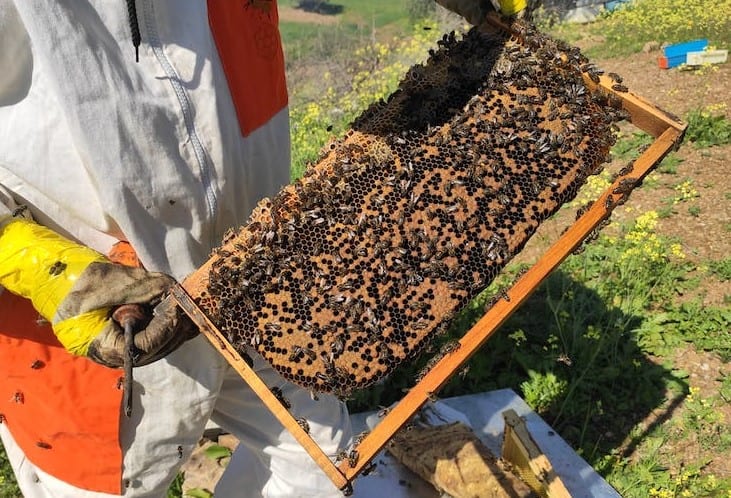
Final Thoughts
In the complicated world of beekeeping, nature has provided us with many choices.
Choosing an effective and diligent strain of bees is essential, depending on our needs and goals.
The Buckfast Honey Bee is just one of the many bee species that could prove beneficial for you in your beekeeping activities.
Despite its negative traits, the benefits you reap would far outweigh the disadvantages.
